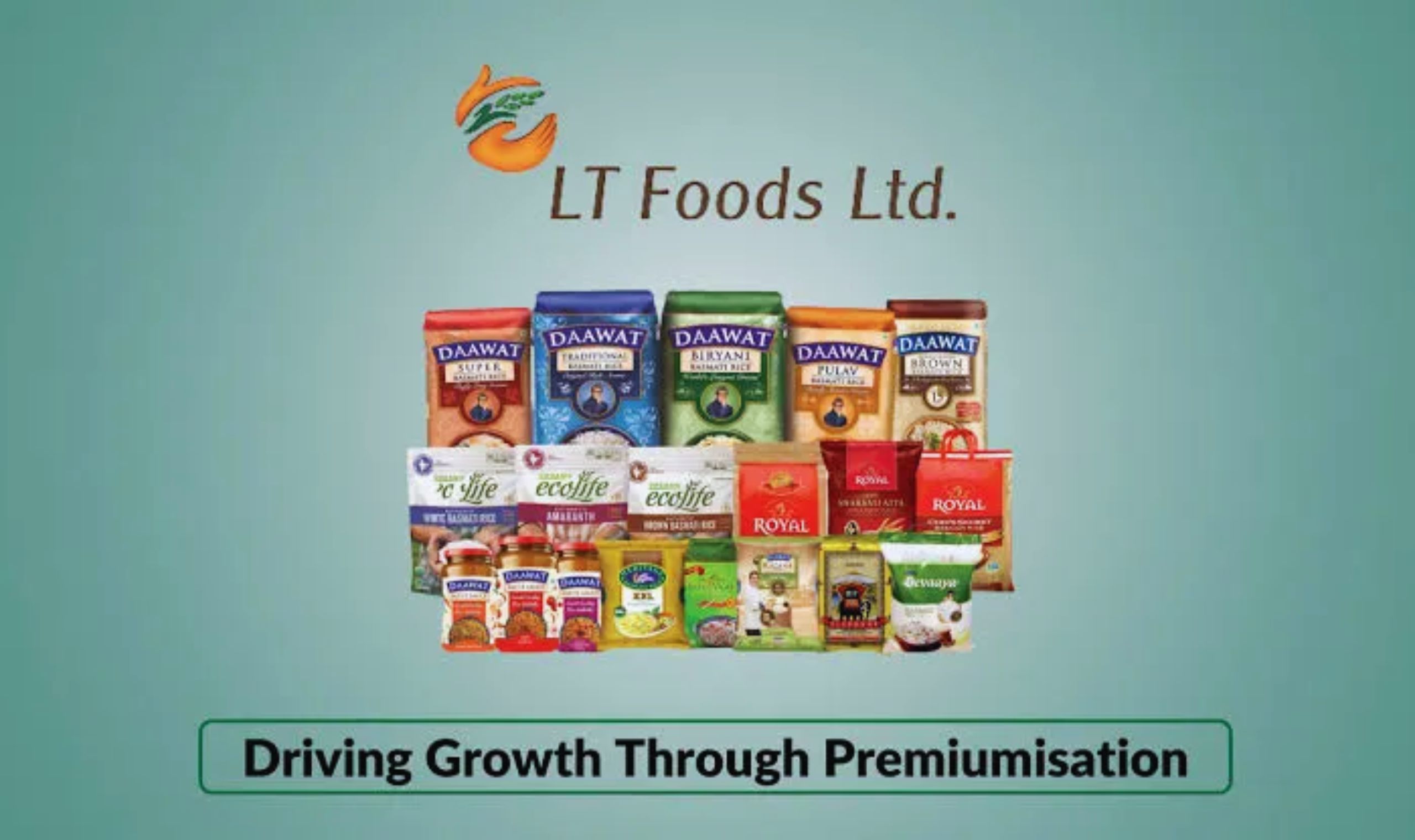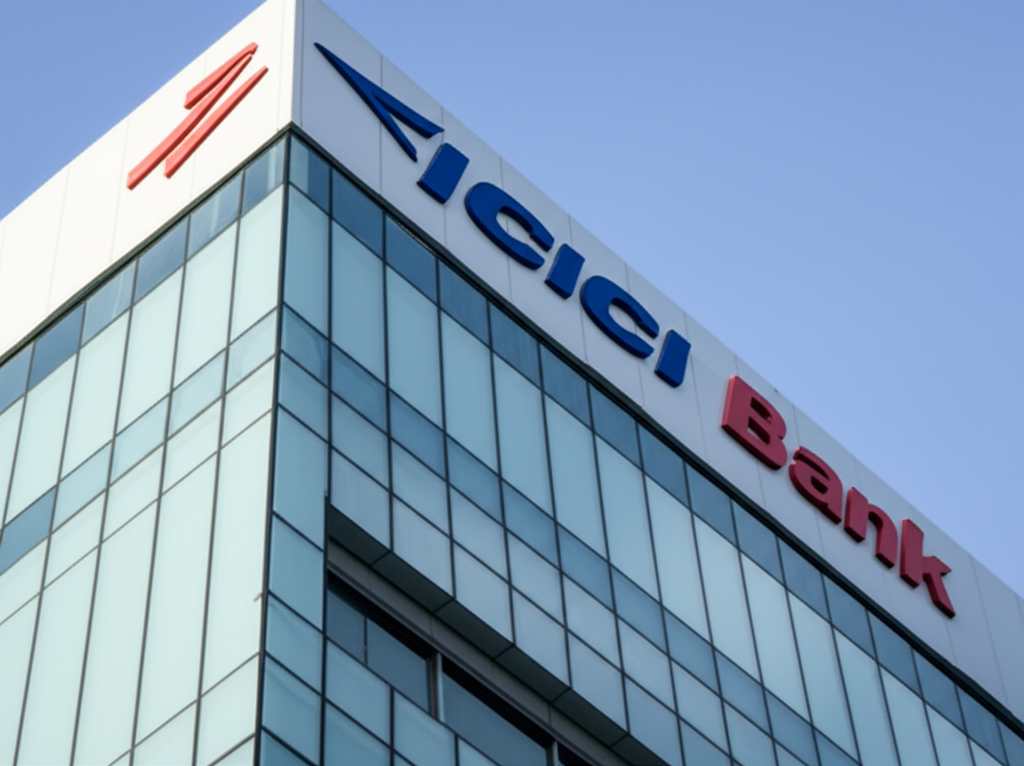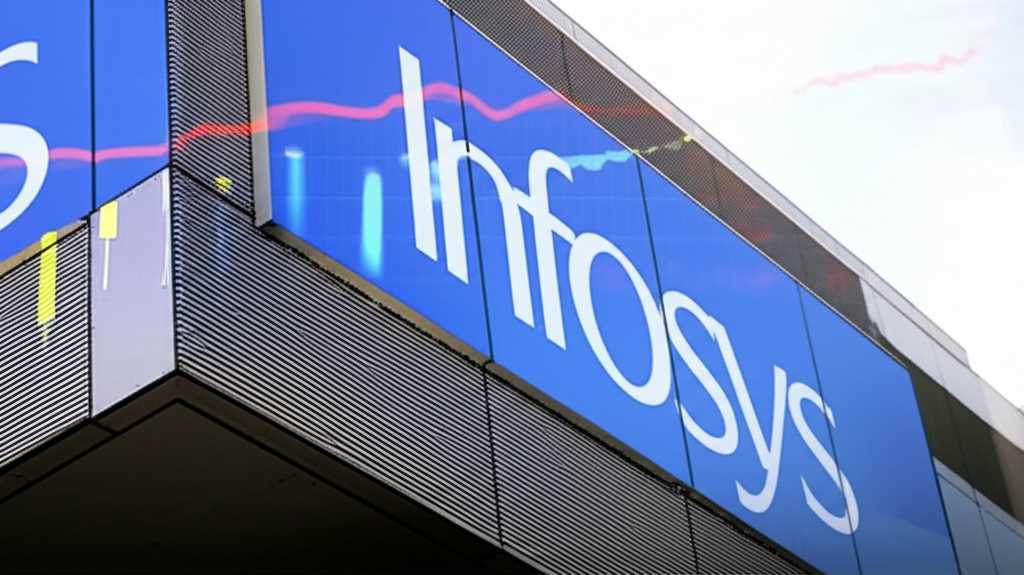The stock market is quite volatile, and one of the primary reasons behind stock price fluctuations is the performance of a company’s earnings. LT Foods, maker of the popular basmati rice brand, tumbled 9% on January 27 as the company’s quarterly results for Q3FY25 failed to impress with disappointing earnings, largely driven by mounting costs, poor operating performance, and net profit fall. While a slump in share value accompanied an increase in more-than-average trading volume, investor sentiments were sullied.
While this in itself forms a setback for LT Foods, still it presents an opportunity to discuss the even broader ramifications of such earnings reports. In this blog, we shall discuss the reasons behind LT Foods’ decline in Q3 earnings, the company’s financial performance, its future prospects, and what this inculcates in investors. We will also take a closer look at the broader economic environment and how such challenges might impact companies in the consumer goods sector.
The Q3 Earnings Report: A Closer Look
On January 27, LT Foods reported a decline in its Q3 FY25 net profit, down by almost 6% compared to the same period last year. The company reported a net profit of Rs 143 crore, compared to Rs 152 crore in the same quarter of the previous fiscal. While a 6% decline in net profit might not appear catastrophic on the surface, when combined with other factors, it paints a picture of financial challenges for the company.
Let’s break down the key points from the earnings report:
Revenue Growth
Despite the decline in net profit, LT Foods saw a notable 17% year-on-year increase in revenue, which rose to Rs 2,275 crore, compared to Rs 1,942 crore in Q3 FY24. This increase in revenue suggests that the company is still managing to grow its top line, which is a positive sign. However, the key question is whether this growth is sustainable and whether the company can translate that growth into profitable margins.
Declining Net Profit
The issue for investors arises in the declining net profit. A decline in net profit, even as revenue increases, raises concerns that growing expenses are eroding the company’s earnings. According to LT Foods, the decline in profits was due to higher raw material costs, increasing finance costs, and a rise in employee benefit expenses. All these factors have influenced the bottom line profitability of the company, showing the impact of inflationary costs on the companies of various industries.
Rising Costs and Profit Margins
The main cause for the deceleration of net profit in the company came from the upsurge in expenses. Such an increase negatively impacted its margin. In the case of food players, raw material costs constitute quite a sizeable proportion and any rise in prices could critically impact the marginal profit. Furthermore, finance costs together with employee benefits also witnessed their upsurge during the said quarter.
This has resulted in a contraction of the EBITDA margin for LT Foods, which declined from 12.3% same period last year to 11%. Declining EBITDA margin is a red flag for investors, as it means the operational efficiency of the company is now deteriorating. This decline in the margin, in the context of an increase in revenue, puts under scrutiny the company’s capability of managing rising costs in a better manner.
What Contributed to the Increase in Expenditures?
To derive a complete analysis of LT Foods Q3 result, it becomes crucial to highlight what might have prompted this increase. Below are key reasons that influenced the hike:
- Raw material prices: High Raw Material costs – Raw material prices have been of concern for this firm, considering basmati rice is usually quite expensive as the raw material goes into the structure of LT foods cost. LT Foods must absorb rising costs or transfer the increase to customers because of increasing prices of rice attributed to supply chain, environmental causes, or inflation. In the context of the problem, the firm has failed to balance the higher cost with profits so there has been a contraction in its margins.
- Increase in Finance Costs: Finance costs are interest on loans and other debt. LT Foods has been under the expansion phase of business with high investment to increase production capacity and enter new markets. The increase in this borrowing has naturally led to an increase in finance costs, increasing the financial burden on the company’s bottom line.
- Employee Benefit Expenses: Employee benefits include wages, overtime pay, and other forms of compensation. As the company expands, so do the employee benefits. Therefore, in this quarter, the increase in employee benefits may be a sign of expansion activity or perhaps that the company is trying hard to keep talent in its ranks given the competitive industry. However, all these costs have weighed heavily on the company’s profit margins.
- The Market Response: A 9% Slip within this bleak background of the disappointing earnings report, shares of LT Foods tanked by 9% on January 27. Shares opened at Rs 648.90 and sharply plummeted to the lowest intra-day trade at Rs 609.05. There was also heavy volume accompanying a free-fall in the share price; 11 lakh shares changing hands was much higher than its daily average for one month which is five lakh shares.
- The Acquisition Deal: A Mixed Bag for Investors No doubt the Q3 earnings were a big disappointment, but LT Foods did manage to get through an acquisition deal that should do well in the longer term. The company has acquired a 4% stake in Raghunath Agro Industries, which is part of DAWAAT Foods. This acquisition valued at Rs 270 crore is definitely a step up in building its market share and ensuring further momentum in the basmati rice space.
While acquisitions can be very positive for companies in the long term, there are risks attached to them as well. In case the company is already having a hard time with rising costs and weakening profitability, the market may not be too keen on such investments. It also takes some time to integrate new companies into the system, and the benefits of such acquisitions may not come immediately. Thus, the acquisition of Raghunath Agro Industries, though potentially positive in the future, has not been enough to counterbalance the negative impact of the Q3 earnings report.
What’s Next for LT Foods?
The company has several challenges ahead, including:
- Cost Management: A very significant area of concern for LT Foods will be its ability to manage rising raw material costs. For a company where raw material purchase forms the greatest cost, reducing the same should become imperative to bring up margins and profitability. This will also entail controlling finance costs as interest rates increase.
- Operational Efficiency: LT Foods needs to focus on its operational efficiency in order to bounce back from the margin contraction. It can achieve this by streamlining its supply chain, finding cheaper sourcing solutions, and investing in technology to make operations smoother.
- Retail and Consumer Demand: The company’s retail and consumer-focused business units must maintain strong demand, particularly in the domestic market. LT Foods’ growth is heavily tied to consumer spending patterns, and any slowdown in demand could exacerbate the company’s current challenges.
- Acquisitions and Expansion: The long-term value of Raghunath Agro Industries can be very fruitful, but the company needs to integrate this acquisition smoothly into its existing operations. Expansion efforts in international markets, particularly in the US and Europe, could also help diversify revenue streams and reduce dependency on the domestic market.
Conclusion: Should Investors Stay Concerned?
LT Foods has faced strong headwinds in Q3 FY25; expenses have skyrocketed, along with a deceleration of profit margins. Although the company delivered robust revenue growth, it failed to tame costs and improve operational efficiencies, which affected the financial numbers. The sudden drop in the stock price after this earnings report suggests that the near-term outlook for the company would be a cause for concern in the market.
However, LT Foods continues to be an important player in the basmati rice space, and its long-term prospects will hinge on its ability to control costs, improve margins, and unlock new growth opportunities. Investors should continue to keep a close eye on the performance of this company in the next couple of quarters, keeping in particular tabs on its efforts to control rising raw material costs, further optimize operations, and leverage its acquisition strategy.
While these are more disturbing for short-term investors, it is still possible that long-term investors will find value in LT Foods when the strategies of this company have been well-executed, and the company returns to being profitable. For now, caution seems the dominant sentiment in the market, reflected in the stock’s 9% drop.















0 Comments